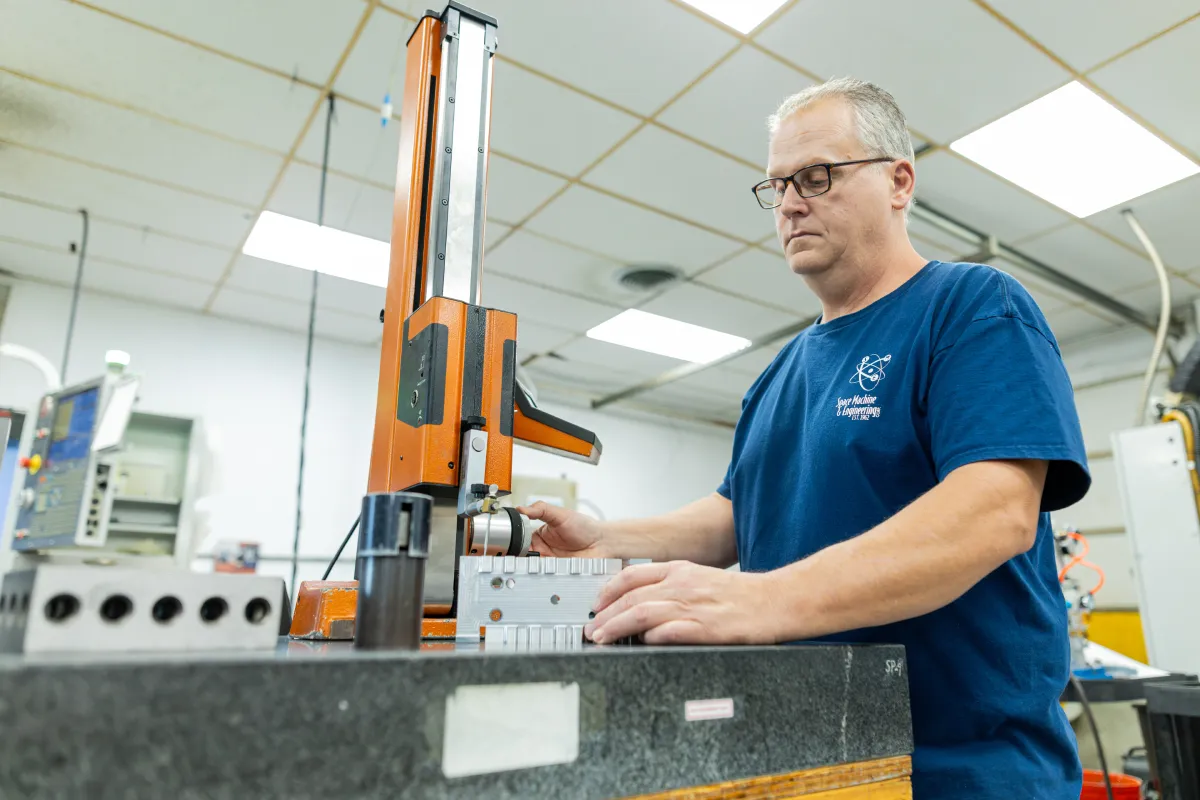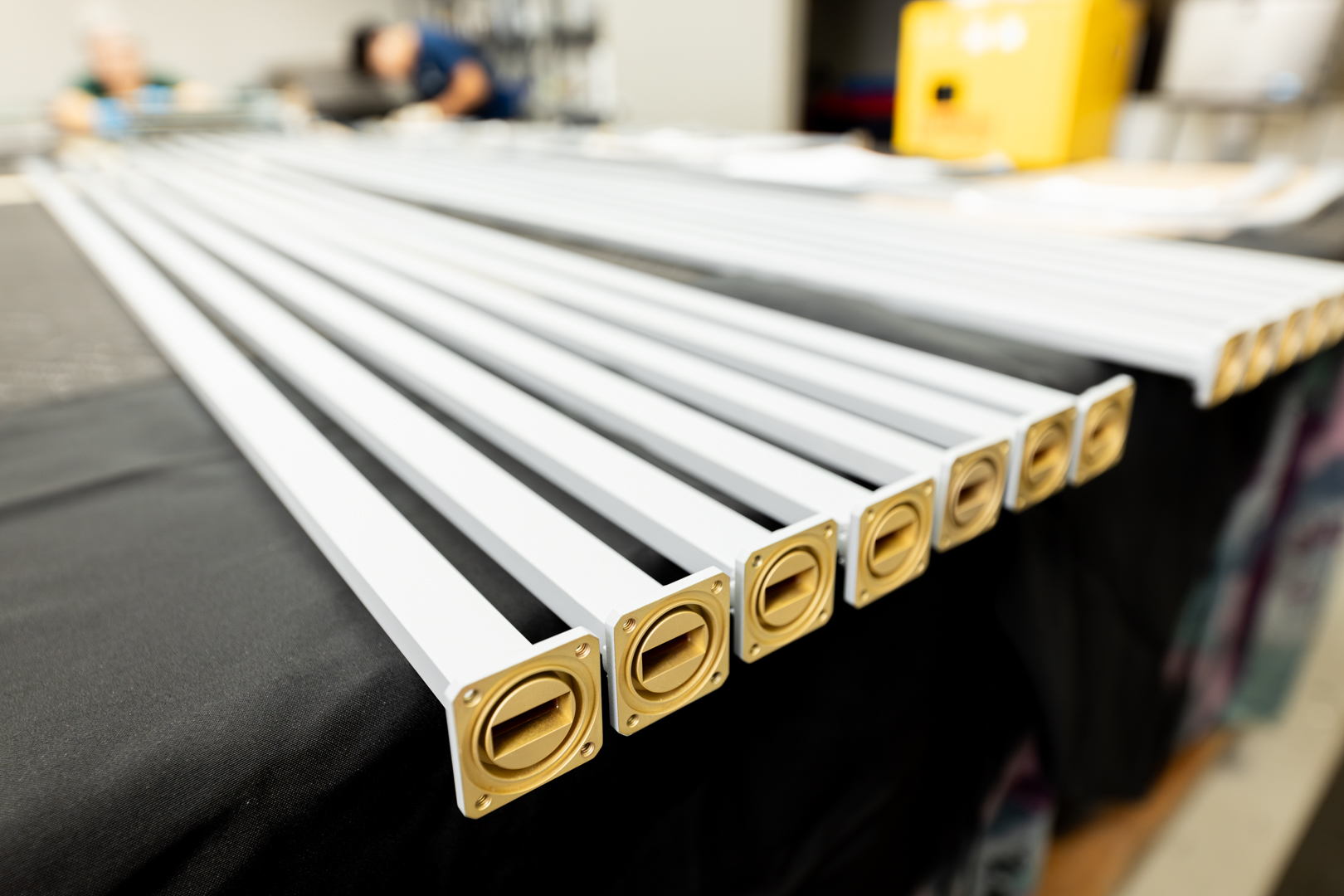Waveguide assemblies are manufactured through a series of precision machining and assembly processes. The exact manufacturing steps can vary depending on the specific design and customer’s requirement of the waveguide assembly, but here’s a general overview of how they are typically produced:
1. Material Selection: The manufacturing process begins with the selection of suitable materials, which are often metals like brass, aluminum, copper, or stainless steel. The choice of material depends on factors such as the desired frequency range, power handling capacity, and environmental considerations.
2. Material Preparation: The chosen metal material is prepared by cutting it into the required lengths and shapes. Precision cutting ensures that the waveguide components will meet the specified dimensions.
3. Bending and Forming: To create the necessary waveguide shapes and bends, metal sheets or tubes are bent and formed using specialized equipment. Bending processes are precise and critical to achieving the desired electrical characteristics.
4. Machining: Precision machining techniques, including milling and drilling, are used to create features such as flanges, interfaces, brackets, and connectors on the waveguide components. This step ensures that the waveguide assembly can be properly connected to other components in the system.
5. Welding, Brazing, or Soldering: Waveguide components are often joined together through some sort of brazing process. such processes are highly controlled to ensure the integrity of the waveguide’s structure and to minimize signal losses.
6. RF Testing: waveguide assemblies undergo RF testing to verify their performance. This may include testing for insertion loss, return loss, Coupling, directivity, and other electrical characteristics to ensure they meet the required specifications.
7. Surface Treatment and Finish: Some waveguide assemblies may undergo surface treatments like plating or coating to enhance electrical performance, prevent corrosion, or improve durability.
8. Quality Control: Throughout the manufacturing process, strict quality control measures are in place to check the dimensions, tolerances, and material quality of each component. This helps ensure that the final waveguide assembly meets the specified performance criteria.
9. Packaging and Shipping: Once the waveguide assembly passes all quality and performance tests, it is packaged and prepared for shipment to the customer. Packaging is crucial to protect the delicate waveguide components during transit.
10. Documentation: Manufacturers often provide documentation that includes specifications, test reports, and any necessary installation or maintenance instructions to accompany the waveguide assembly.
11. Customization: Depending on customer requirements, waveguide assemblies can be customized at various stages of the manufacturing process, from material selection to final assembly. Customization allows for tailoring the assembly to specific frequency bands, power levels, and mechanical constraints.
It’s important to note that the manufacturing of waveguide assemblies requires specialized knowledge and equipment due to the precision and accuracy needed for high-frequency signal transmission. Manufacturers typically have experienced engineers and technicians who specialize in waveguide technology to ensure that the final products meet the demanding standards of the industry.


